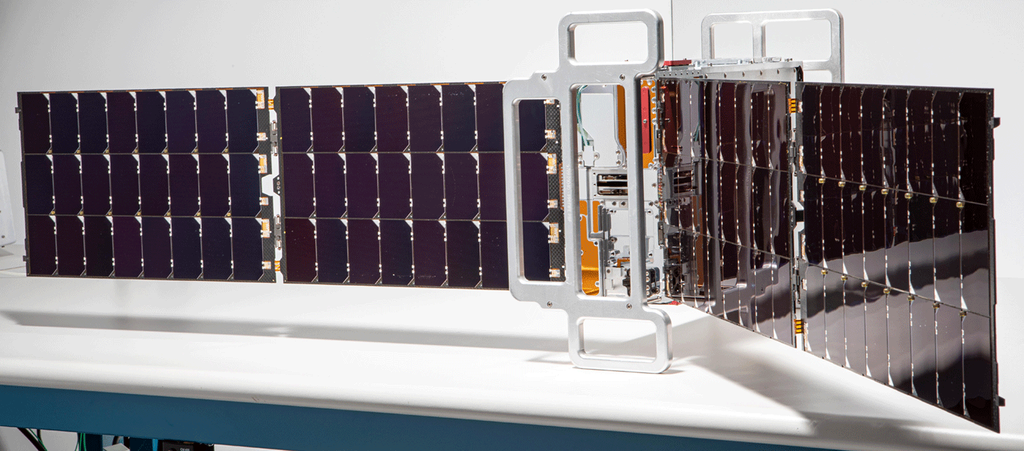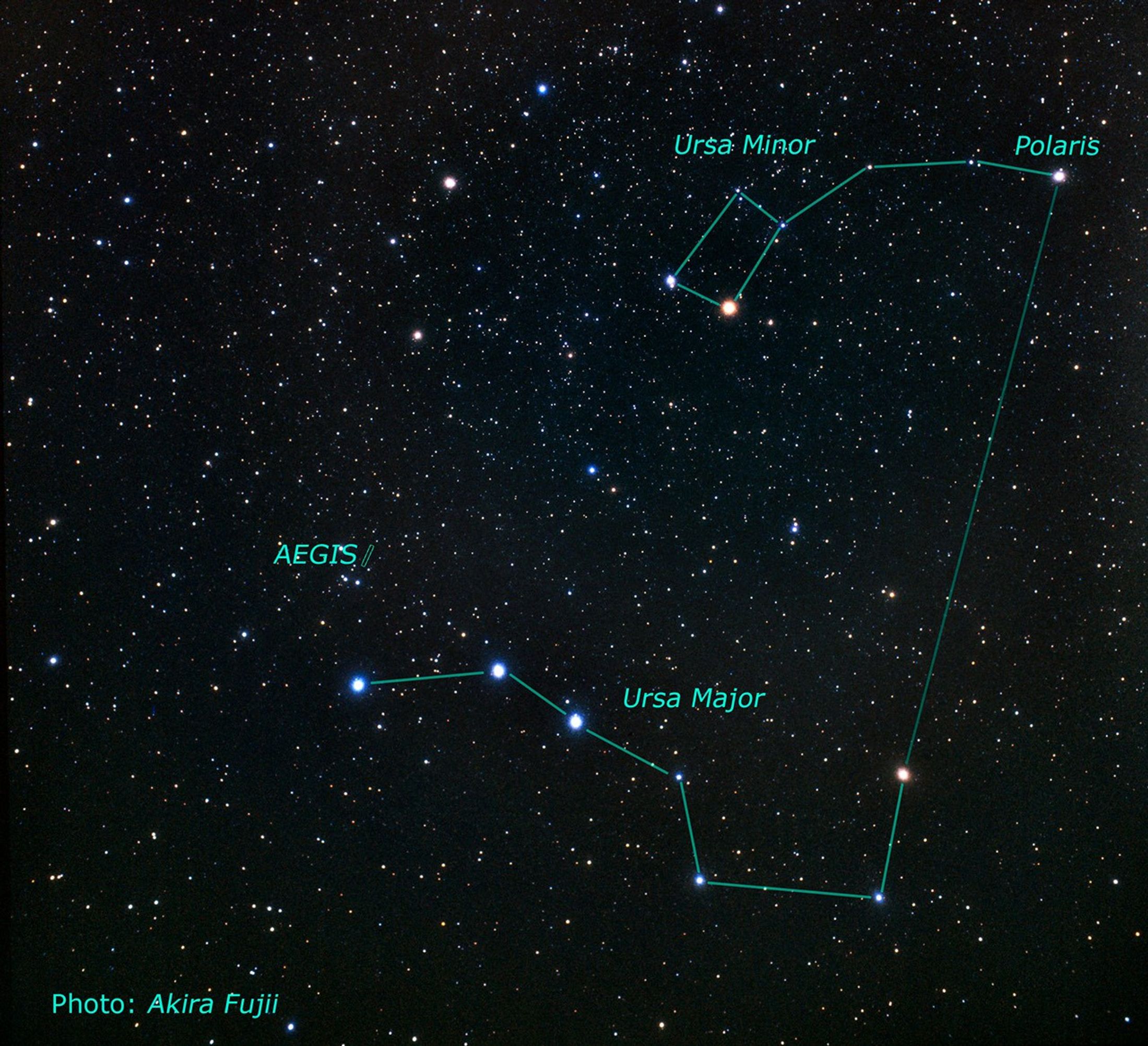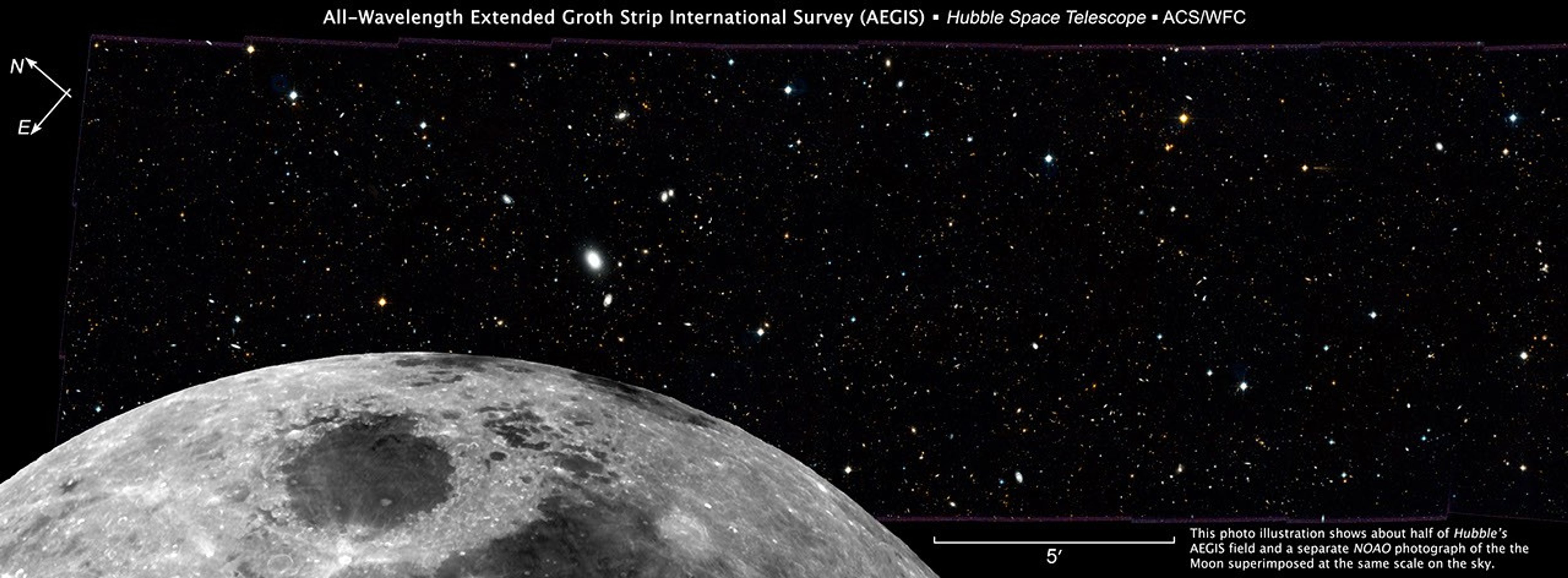1 min read
Extended Groth Strip – Full Hubble Image

About the Object
- R.A. PositionR.A. PositionRight ascension – analogous to longitude – is one component of an object's position.14h 16m 59.99s
- Dec. PositionDec. PositionDeclination – analogous to latitude – is one component of an object's position.52° 30' 0.0"
- ConstellationConstellationOne of 88 recognized regions of the celestial sphere in which the object appears.Ursa Major
- DimensionsDimensionsThe physical size of the object or the apparent angle it subtends on the sky.The Extended Groth Strip is 1.1 degrees long by 0.15 degrees wide (70.5 x 10.1 arcminutes, respectively).
About the Data
- Data DescriptionData DescriptionProposal: A description of the observations, their scientific justification, and the links to the data available in the science archive.
Science Team: The astronomers who planned the observations and analyzed the data. "PI" refers to the Principal Investigator.The Hubble image was created from HST data from proposal 10134: M. Davis (University of California, Berkeley), M. Ashby (Harvard-Smithsonian Center for Astrophysics), T. Small (California Institute of Technology), P. Guhathakurta (University of California, Santa Cruz), L. Simard (Dominion Astrophysical Observatory), K. Noeske (University of California, Santa Cruz), S. Kwok, J. Mader, and P. Amico (California Association for Research in Astronomy (CARA)), A. Koekemoer and R. Somerville (STScI), S. Faber (University of California, Santa Cruz), J. Newman (Lawrence Berkeley National Laboratory), D. Koo (University of California, Santa Cruz), S. White, G. Kauffmann, and V. Springel (Max Planck Institute for Astrophysics, Garching), M. Cooper (University of California, Berkeley), A. Metevier and B. Weiner (University of California, Santa Cruz), and K. Bundy (California Institute of Technology). - InstrumentInstrumentThe science instrument used to produce the data.HST>ACS/WFC
- Exposure DatesExposure DatesThe date(s) that the telescope made its observations and the total exposure time.June 2004 to March 2005
- FiltersFiltersThe camera filters that were used in the science observations.F606W (V) and F814W (I)
- Object NameObject NameA name or catalog number that astronomers use to identify an astronomical object.Extended Groth Strip (EGS)
- Object DescriptionObject DescriptionThe type of astronomical object.Optical Survey
- Release DateMarch 6, 2007
- Science ReleaseHubble Pans Across Heavens to Harvest 50,000 Evolving Galaxies
- Credit

This image is a composite of many separate exposures made by the WFPC2 instrument on the Hubble Space Telescope using two different filters to sample broad wavelength ranges. The color results from assigning different hues (colors) to each monochromatic image. In this case, the assigned colors are: Blue: F606W (V) Green: F606W (V) + F814W (I) Red: F814W (I)
Related Images & Videos
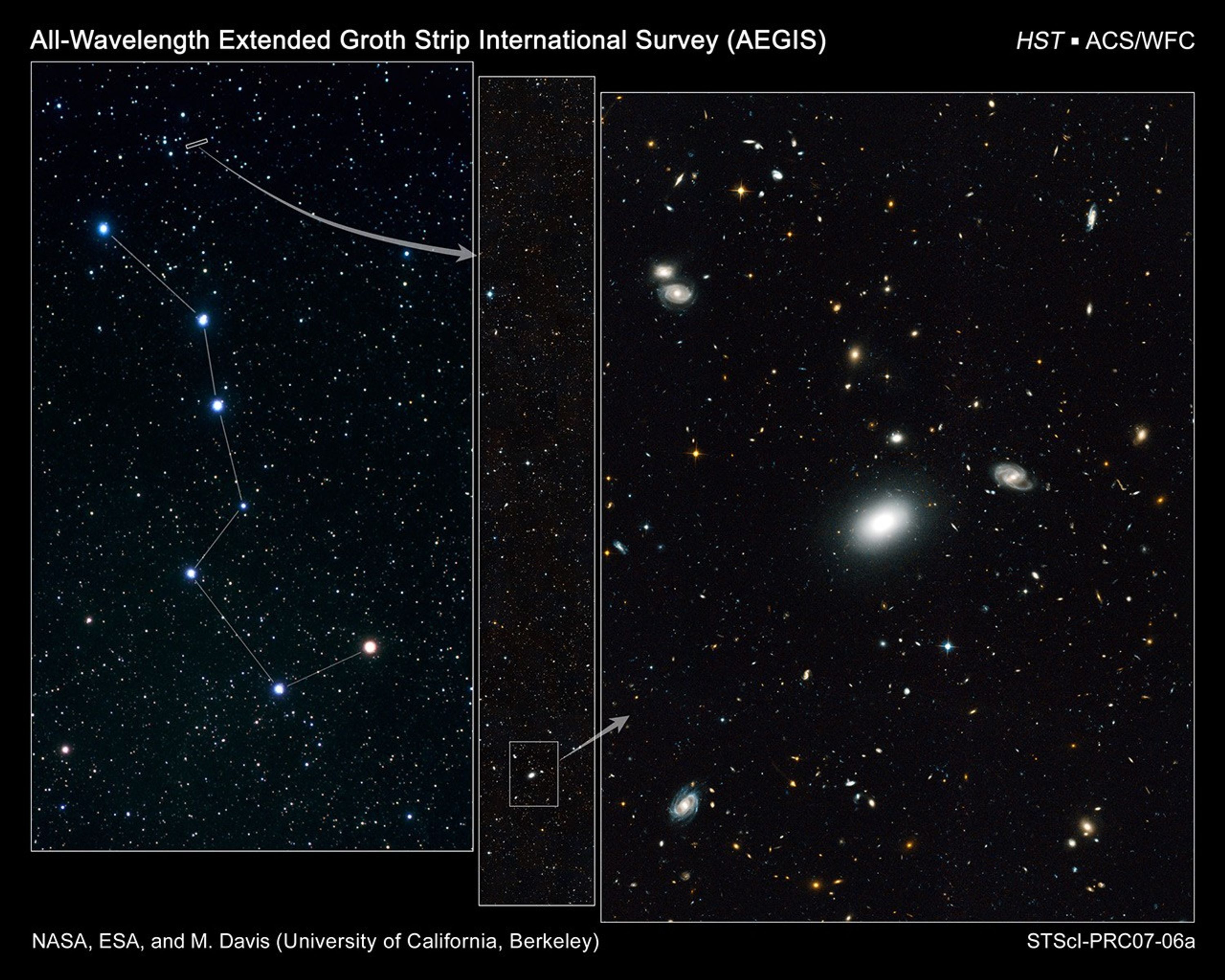
A Panoramic View of the Sky
A narrow slice of sky near the Big Dipper yielded a goldmine of at least 50,000 galaxies, which were spied by NASA's Hubble Space Telescope. The Hubble view is yielding new clues about the universe's youth, from its "pre-teen" years to young adulthood. The image at left, taken...

A Sky Flush with Galaxies
This image, taken by NASA's Hubble Space Telescope, represents a small section of a larger panoramic view of the heavens, where at least 50,000 galaxies reside. The cosmic tapestry unveils galaxies in all shapes, sizes, and colors. Some of the galaxies are nearby; the smaller...
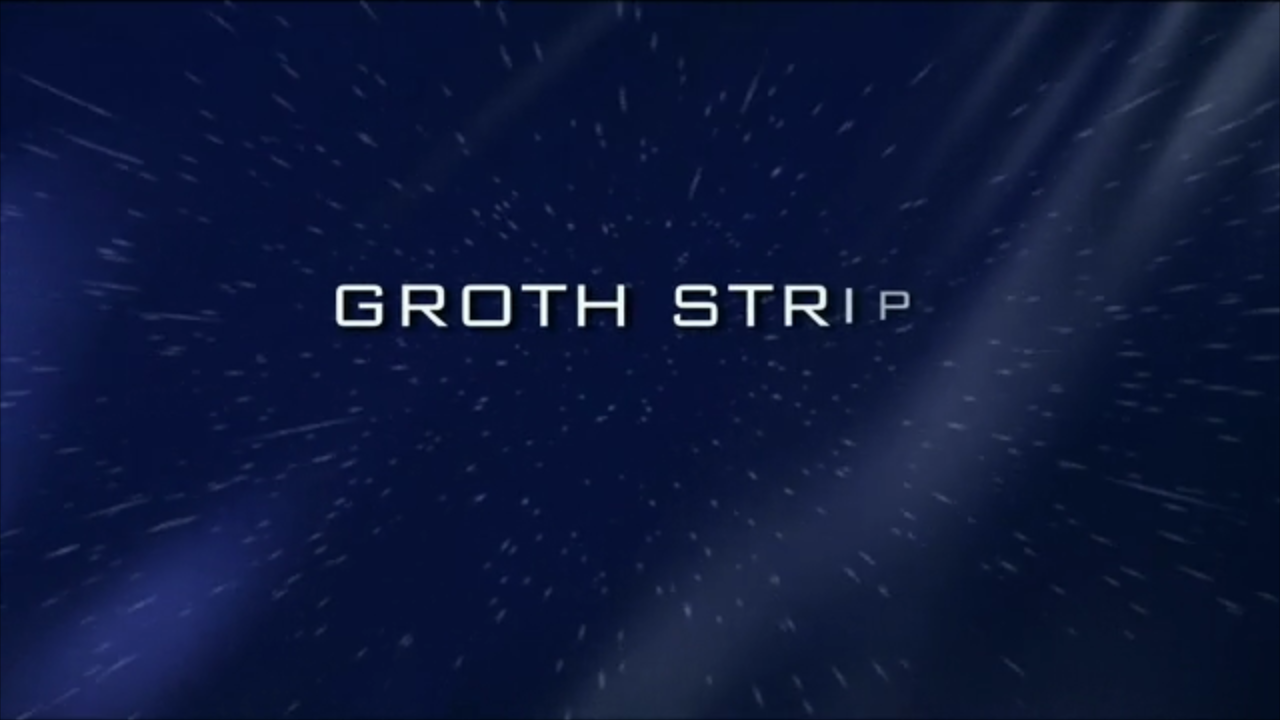
HubbleMinute on the Extended Groth Strip
A Hubble Minute Video product with narration and music weaves a story on the Extended Groth Strip. The movie shows a rich tapestry of galaxies taken by the Hubble Space Telescope, revealing about 50,000 galaxies. The HubbleMinute gives a spectacular view of the Extended Groth...
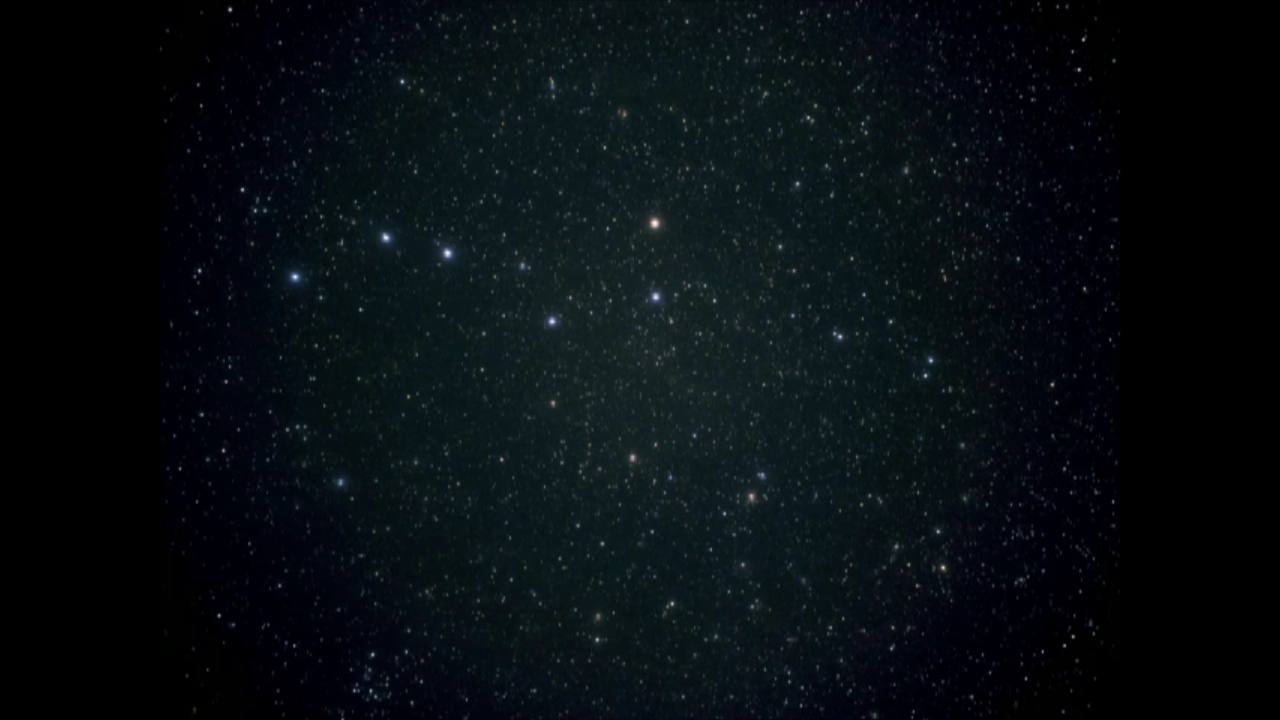
Hubble Pans Across Heavens to Harvest Galaxies
The animation sequence starts with the constellation Ursa Major (the Big Dipper) in the night sky, then zooms deeper, showing 21 images taken by the Hubble Space Telescope. The Extended Groth Strip covers an area of the sky about the apparent width of our finger held at arm's...
Share
Details
Claire Andreoli
NASA’s Goddard Space Flight Center
Greenbelt, Maryland
claire.andreoli@nasa.gov














